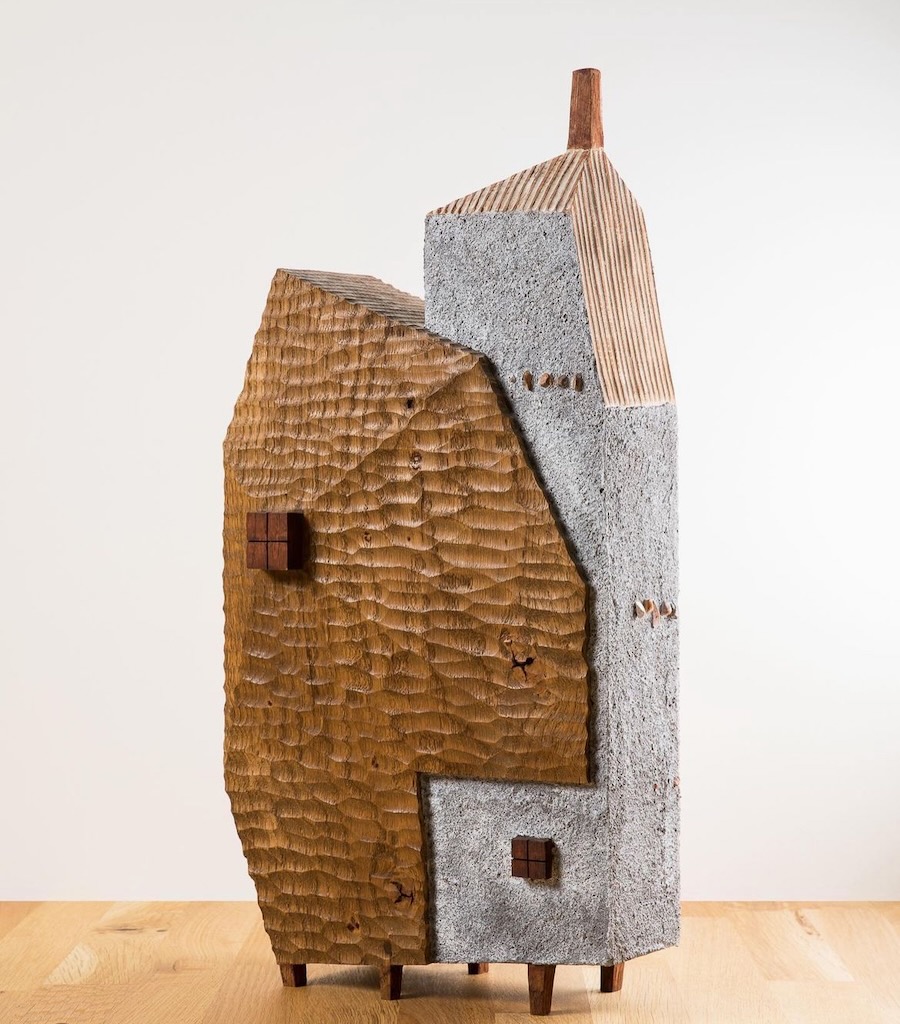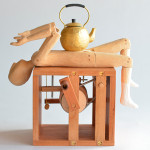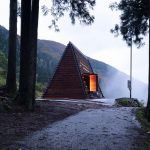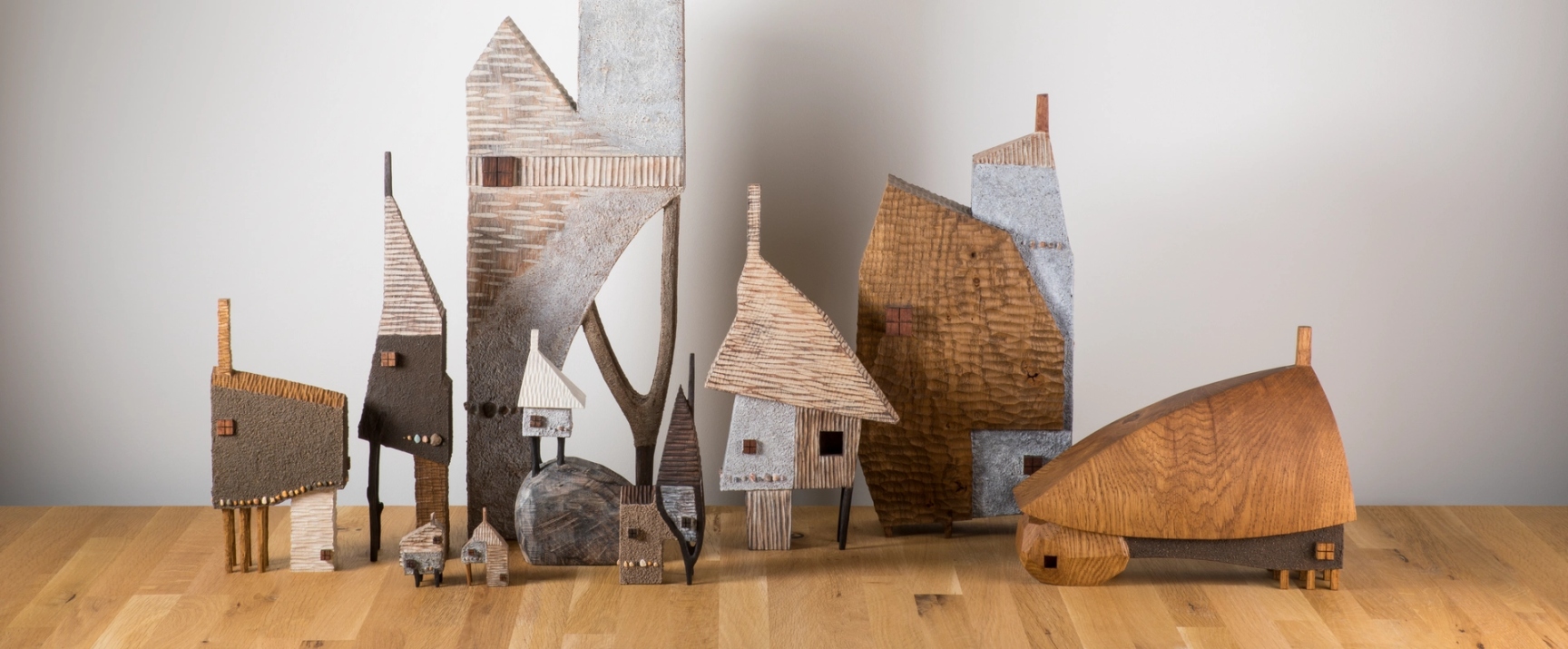
images courtesy of Yukihiro Akama
Artist Yukihiro Akama is set to unveil his largest exhibition to date, ‘Basho no Kankaku – A Sense of Place,’ at Yorkshire Sculpture Park (YSP). The display will feature 52 wooden houses, each crafted from a single piece of wood, ranging from a mere 4cm to a grand 105cm and accompanied by architectural drawings and mini prints.
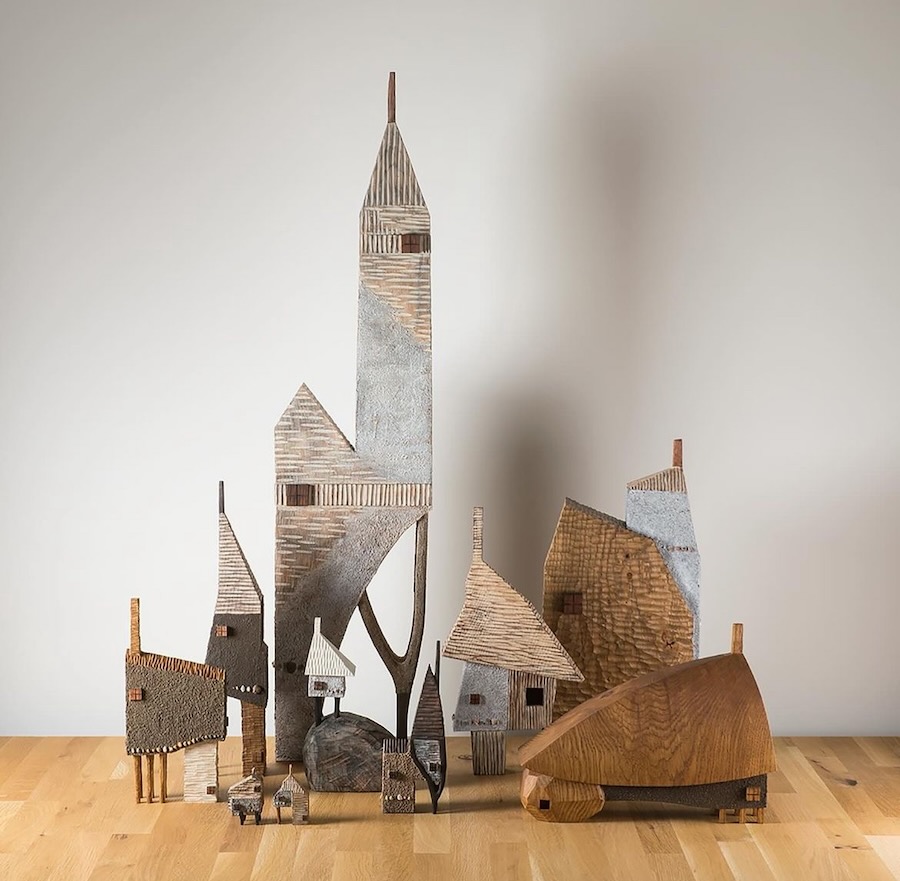
Working from a furniture maker’s workshop in Huddersfield (West Yorkshire, England), Akama is deeply immersed in nature, a crucial influence on his artistic process. Each house is conceived from a single piece of wood, with the material itself guiding the design’s starting point through knots and grains. Traditional Japanese tools are employed to create a harmonious interplay of rough and smooth surfaces. The houses, taking between 3 hours and 3 days to complete, showcase delicate details, reflecting the fragile nature of man-made structures and the transient essence of human lives.
For this exhibition, commissioned by YSP, Akama introduces a new method of coloring the wood using an iron acetate solution. The solution interacts with the wood’s tannins, resulting in a stunning ebonized finish that enhances the visual appeal of each piece. The inspiration for these intricate creations draws from Japanese temples, shrines, and the Jomon-era ruins, manifesting shapes, textures, and surfaces from a bygone era 4,000 years ago.
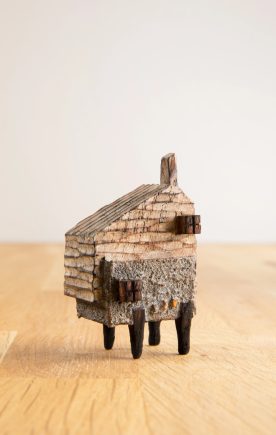
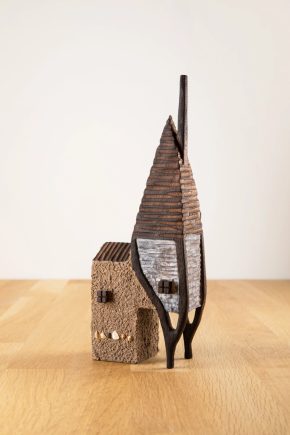
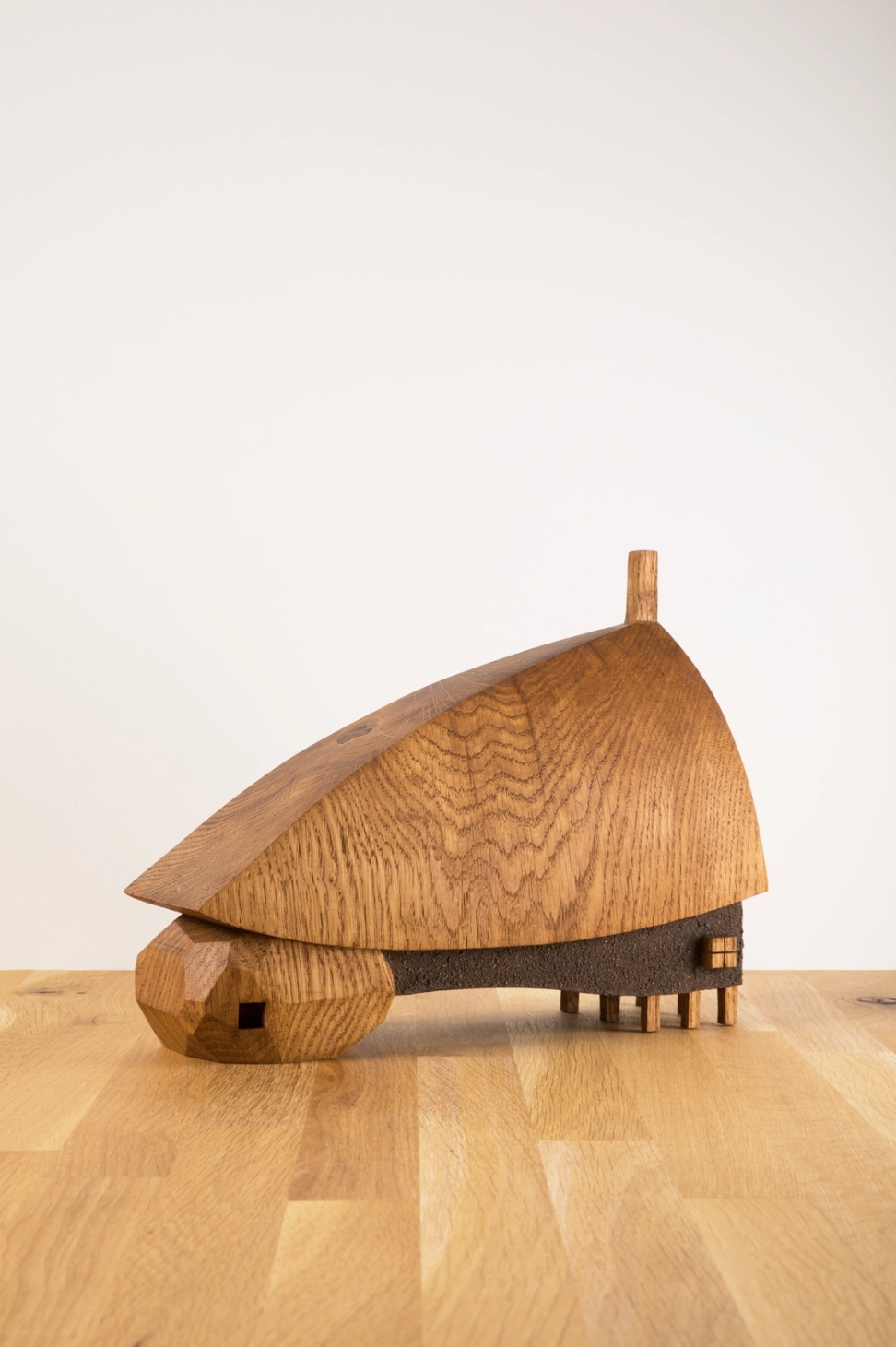
Akama’s background as an architectural technician, educated at Tohoku University of Art and Design in Japan, adds another layer to his work. Having designed a house in Japan, surrounded by native Japanese trees, he aims to encapsulate a sense of place in his art, particularly focusing on woodland forest settings. His move to the UK in 2011 led him to Yorkshire, drawn by its picturesque landscapes, providing the backdrop for his alternate lifestyle and career as a maker, as well as the title of this exhibition: basho no kankaku (a sense of place).
The process of bringing Akama’s pieces to life involves sketching on off-cuts of Oak, Walnut, Sapele, Iroko, or Maple. Each piece undergoes a transformative journey, culminating in a blow torch treatment, polishing, and oiling.
Visitors will have the opportunity to witness the culmination of Akama’s unique journey from architect to artist, exploring the intricate details and profound sense of place embodied in each piece.
